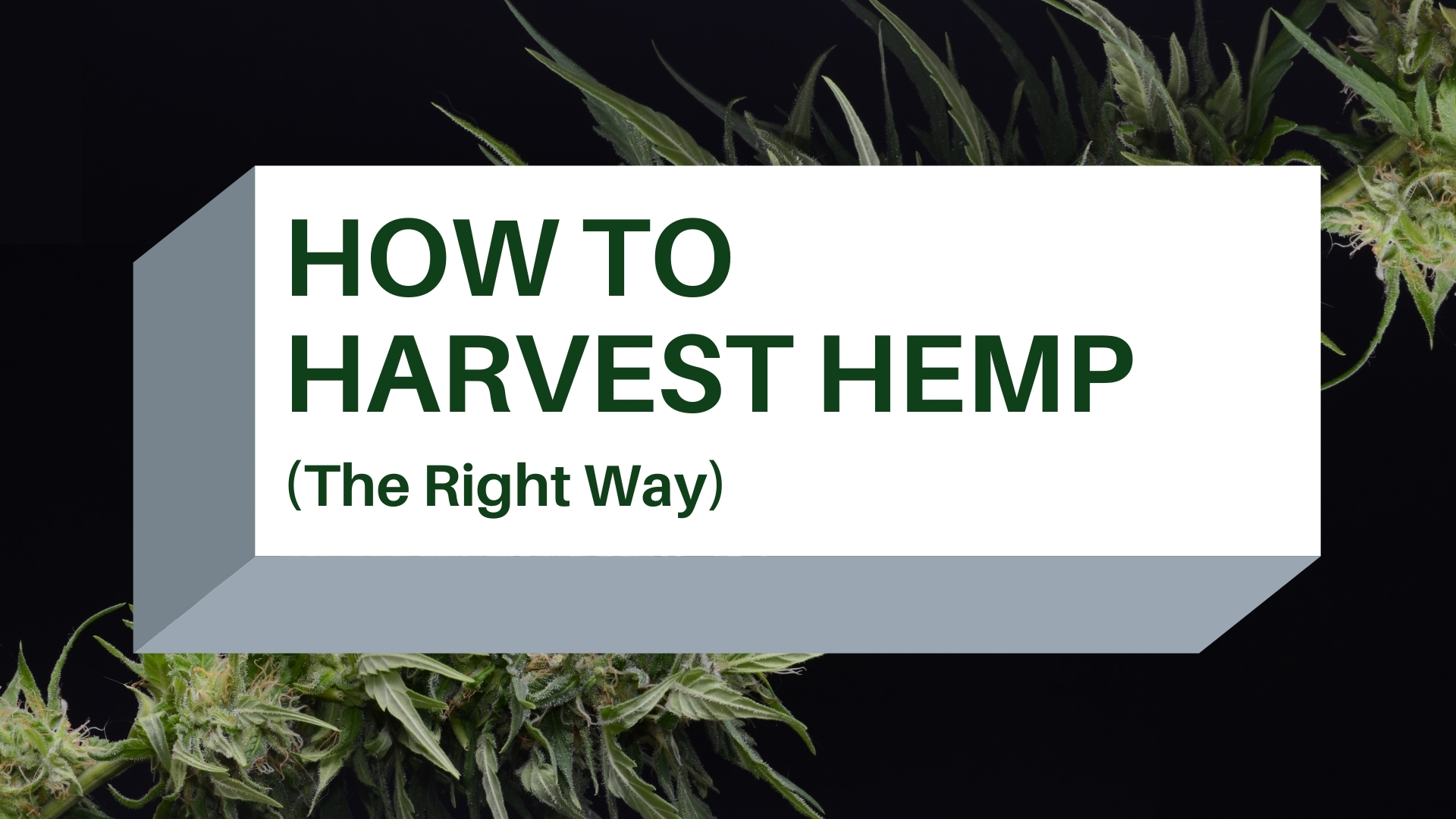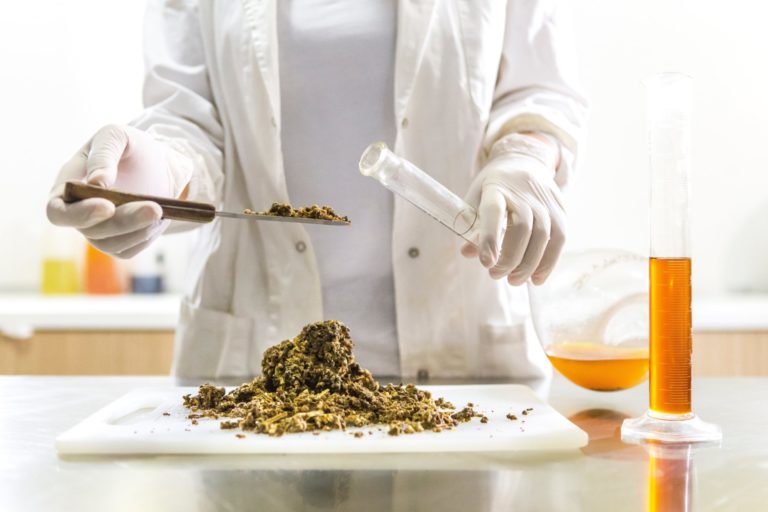The comeback of hemp is perhaps one of the most welcomed agricultural changes to occur in the last decade. While America was once one of the largest hemp producers on the planet, years of hemp being unfairly judged in the public eye meant a lot of the well-known ways of old were lost. Today, as we all forge ahead together with a newfound appreciation for the plant, many farmers are looking at new curiosities like: how do you harvest hemp? Here’s a brief look at how to harvest a hemp crop while protecting the therapeutic value and profit potential of the plant.
How to Harvest Hemp ~Properly~
Your goal should always be to harvest your plants when they offer their full potential of cannabinoid and terpene potency. Once the hemp plant reaches its full state of maturity, cannabinoid and terpene content can change and even start to decline. A one percent loss may not seem like a lot at first, but just a small dip could literally cost you thousands in lost product and profit in the long run.
The Right Harvest Season
Just like every other crop, hemp has an ideal harvest season. So, when do you harvest hemp? The full hemp growth cycle usually falls in around 100 to 120 days, depending on the strain and the climate. Harvesting hemp plants at the right time will mean everything to your return on investment.
Performing regular tests on your plants can be the best way to pinpoint the pinnacle time to harvest or to figure out when to cut, and these tests may even be a regulated requirement in your state. However, the general timeline is between mid-to-late August and October in most places. But truly, the only way to know when your plants are ready to harvest is by getting out there and getting to know them.
Machine vs Hand Harvesting
 Cutting plants and breaking down plants can either be done with mechanical trimming machines or by hand. While industrial hemp is usually harvested with some type of combine or mechanical device, hand-trimming is usually preferred for hemp used for smoking. Hand-trimming is delicate, and yes, time-consuming. However, hand harvests protect the integrity of the trichomes, yielding a higher quality product in the end. Not to mention, hand-harvesting helps to keep the process green, which is always more beneficial to the end product and the environment.
Cutting plants and breaking down plants can either be done with mechanical trimming machines or by hand. While industrial hemp is usually harvested with some type of combine or mechanical device, hand-trimming is usually preferred for hemp used for smoking. Hand-trimming is delicate, and yes, time-consuming. However, hand harvests protect the integrity of the trichomes, yielding a higher quality product in the end. Not to mention, hand-harvesting helps to keep the process green, which is always more beneficial to the end product and the environment.
How to Dry and Cure After Harvest
While some cultivators choose to send their biomass straight to a third-party processor right after harvesting, many handle drying and curing on their own. Drying and curing essentially locks in all those valuable terpenes and cannabinoids. However, if not done properly, you can run into problems with mold growth and lowered cannabinoid content. Farmers have different methods as far as dry space setup, but there are a few keys that determine the outcome of the process, such as:
- Proper ventilation – Good airflow is key, and several fans may be necessary to keep air flowing through the drying area
- Proper bulk storage and hanging – Storing hemp too tightly packed prevents thorough, consistent drying; plants should be individually hung
- Proper testing – You’re looking for moisture levels below 12 to 15 percent, but closer to 12 is better
Regular biomass can sometimes heat its peak dryness level at as little as 24 to 36 hours. However, if you are working for primarily flower, you will need a drying time of up to 10 days depending on the conditions.
Curing goes a step beyond the drying process and can add substantially more time to the whole process. However, curing hemp buds can really help to lock in the flavors and aromatics.
Final Word on Harvesting Hemp Plants
The process followed when hemp is harvested can make all the difference to the yield and quality of your products if you are in the CBD or smokable flower business. For more information on growing hemp, from planting seeds to setting up a greenhouse, be sure to check out our blog here at Hunger Mountain.
Copyright © 2025 Hunger Mountain Hemp |
Site by CannaPlanners





